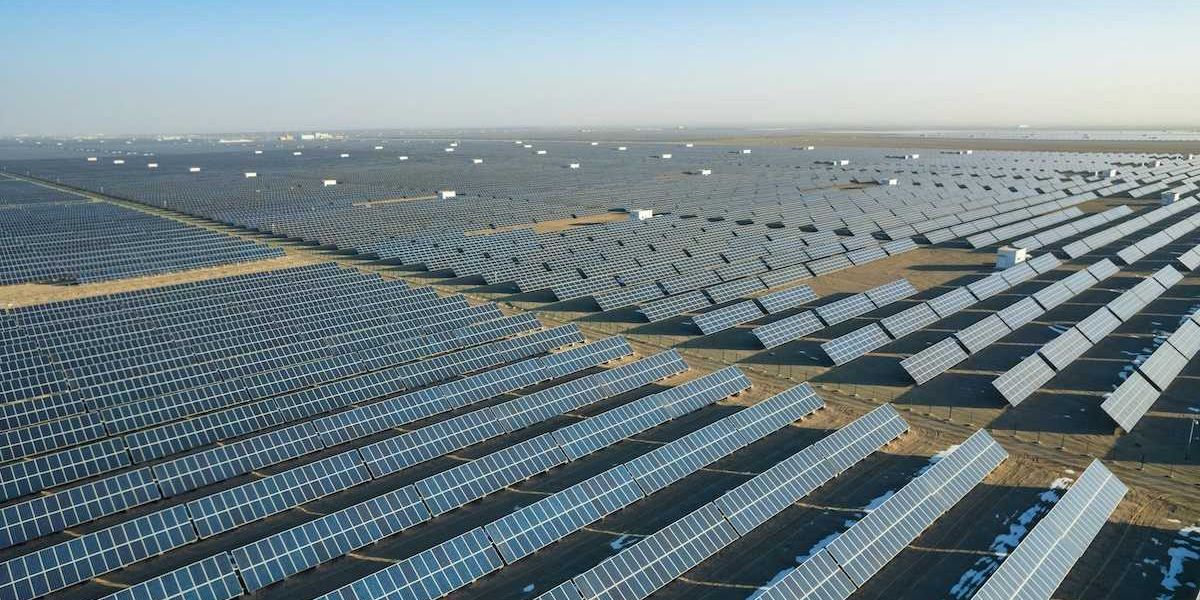Kentucky solar and battery jobs face threat as Congress moves to cut clean energy tax breaks
A Republican-backed bill moving through Congress could eliminate thousands of clean energy jobs in Kentucky by ending key tax incentives tied to solar and battery manufacturing.
Liam Niemeyer reports for the Kentucky Lantern.
In short:
- A solar industry report warns Kentucky could lose around 3,300 current and future jobs if federal clean energy tax credits are phased out.
- The tax credits, part of the 2022 Inflation Reduction Act, support solar, battery, and electric vehicle development and disproportionately benefit Republican-controlled states.
- Kentucky has seen increased interest from solar developers and battery manufacturers, including a $700 million investment for battery storage, but industry leaders say that progress hinges on continuing federal support.
Key quote:
“We just started onshoring U.S, manufacturing of solar in earnest in the past couple of years. A lot of these incentives are really tied to that, and if they go away, I think this whole manufacturing industry that was just created largely stops with it.”
— Matt Partymiller, president of the Kentucky Solar Energy Industries Association
Why this matters:
The United States has been racing to catch up with China in solar energy production, and tax credits have been one of the few tools leveling the playing field. Stripping them away now could stall job growth in states like Kentucky, where solar and battery manufacturing are just taking root. Although the state still relies mostly on fossil fuels, solar developers have been eyeing Kentucky for new projects, and federal support has helped lure hundreds of millions in private investment. Without those incentives, local businesses may struggle, and communities counting on new clean energy jobs could be left behind. At a time when global demand for energy and storage is soaring — driven in part by new data centers — pulling federal support could stifle the country’s shift toward a cleaner and more self-sufficient energy economy.













